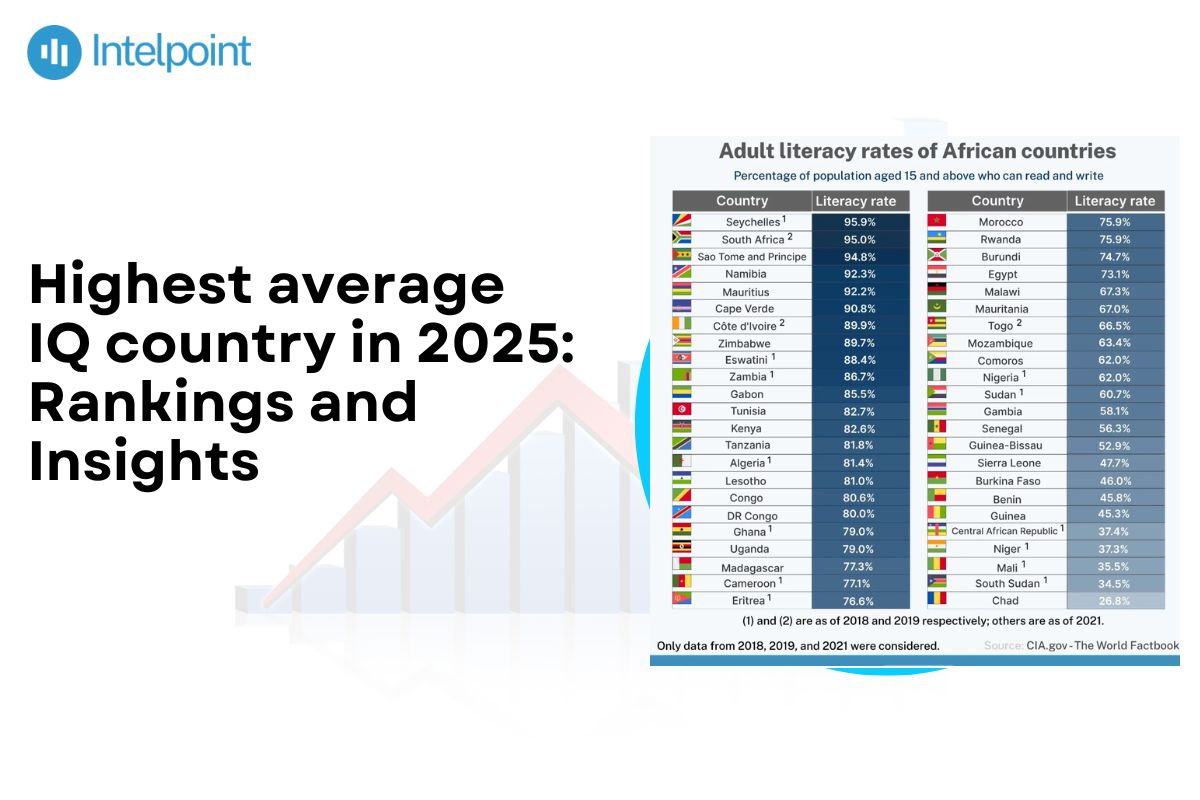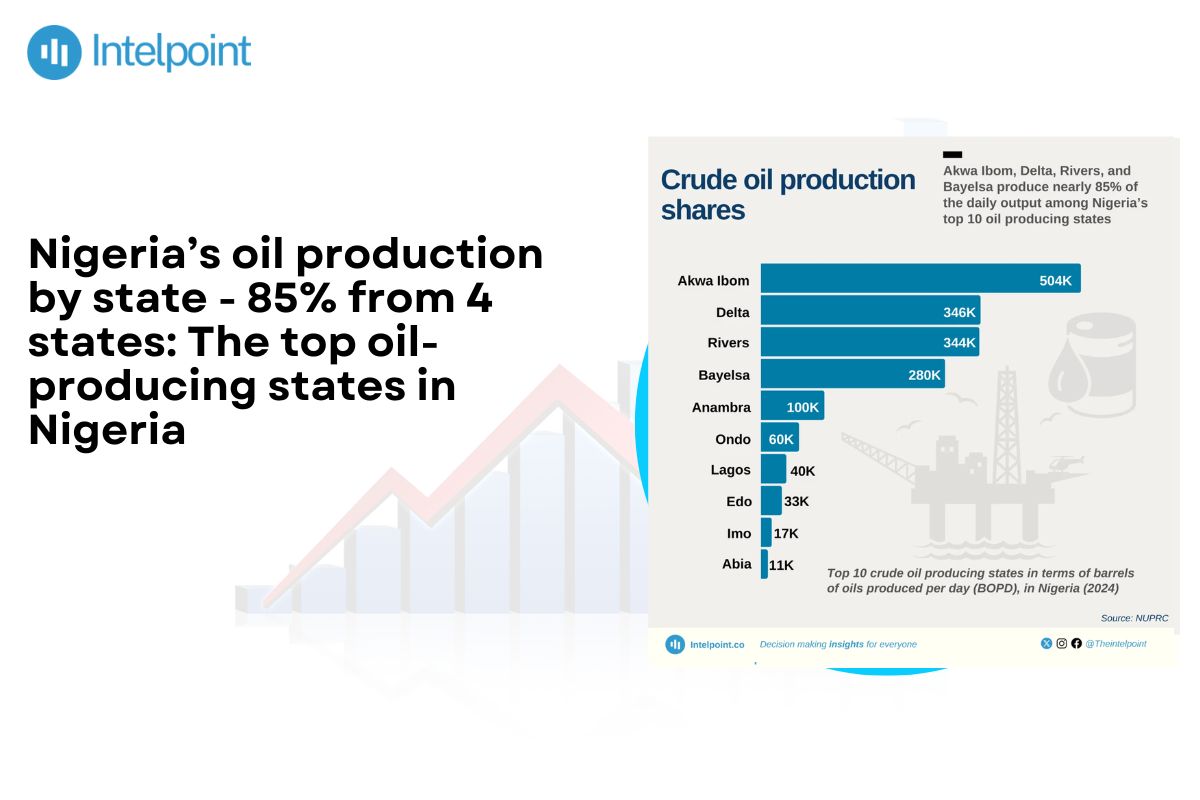Planning for the future without understanding Africa population trends is like building a house with no foundation. Africa is home to over 1.5 billion people, up from 830 million in 2000, marking an 81% growth in 25 years. These changes are not just numbers on a chart, from swelling cities to stretched infrastructure. They influence elections, shape economies, and determine how governments plan for tomorrow.
The continent adds approximately 100 million people every three years, with an annual growth rate of 2.3%. Nigeria leads with over 232.6 million people in 2024, followed by Ethiopia at 127 million and Egypt at 114.5 million. Fertility rates average 4 births per woman, with urbanization projected to reach 698 million by 2025, accounting for 45% of the total population.
In this article, we rank the 10 most populous countries in Africa, using data from 2000, current estimates, and population projections for 2025 in Africa.
Key takeaways
- The combined population of Africa’s 10 most populous countries grew from 579 million in 2000 to over 1.04 billion projected by 2025.
- Nigeria remains the largest, adding 117 million people and reaching 240.8 million by 2025.
- DR Congo, Ethiopia, and Uganda more than doubled their populations between 2000 and 2025.
- Fertility rates remain high in DR Congo (5.98) and Uganda (5.18), fueling rapid growth.
- These trends reflect broader global population trends in Africa, with rising urbanization, youthful populations, and growing demand for infrastructure and jobs.
Methodology: how we ranked the most populous countries in Africa
This report uses data from the United Nations Population Division, World Bank Open Data, and national statistics agencies, ensuring consistent historical data and reliable projections.
For this Africa demographic analysis, we examined the 2000, 2024, and 2025 population figures. The 2000 data serve as a baseline, while 2024 reflects the most recent estimates. 2025 projections rely on the UN’s medium-variant scenario, which accounts for fertility rates (averaging 4 births per woman in Africa), mortality rates, and migration patterns.
Growth trends were analyzed using the Compound Annual Growth Rate (CAGR) from 2000 to 2024. Nigeria’s CAGR is 2.6%, adding over 109 million people, while Ethiopia’s is 2.8%, with nearly 62 million added. Percentage growth highlights DRC’s population surge of over 118% since 2000. These metrics provide a clear basis for ranking Africa’s most populous countries and understanding their demographic trajectories.
Country profiles: top 10 most populous countries in Africa
1. Nigeria
Population in 2000: 123.7 million
Population in 2024: 232.6 million
Projected population in 2025: 240.8 million
Nigeria has added over 109 million people in 24 years, with a CAGR of 2.6%. Its fertility rate remains one of the highest in Africa at 5.3 births per woman, while the urban population reached 56.3% in 2024. Lagos alone holds over 15 million residents, making it one of the continent’s largest cities. The median age is 17.9, indicating a youthful, fast-growing population.
2. Ethiopia
Population in 2000: 65.4 million
Population in 2024: 129.7 million
Projected population in 2025: 135.5 million
Ethiopia’s population has grown by over 64 million since 2000, with a CAGR of 2.78%. The fertility rate stands at 4.06 births per woman, and over 22% of the population now lives in urban areas, up from just 14% in 2000. The median age is 19.1, and Addis Ababa alone accounts for over 5.9 million people, driving internal migration and urban growth.
3. Egypt
Population in 2000: 73.08 million
Population in 2024: 116.54 million
Projected population in 2025: 118.37 million
Egypt has added nearly 46 million people since 2000, with a CAGR of 2.24%. The fertility rate dropped from 3.5 births per woman in 2000 to 2.73 births per woman, and the urban population reached 40.8% in 2024. Cairo alone houses over 22 million people, making it one of the largest urban centers in Africa. The median age in 2024 was 24.3, reflecting a relatively older population compared to Sub-Saharan Africa.
4. Democratic Republic of the Congo (DR Congo)
Population in 2000: 50.5 million
Population in 2024: 109.3 million
Projected population in 2025: 112.8 million
DR Congo’s population has surged by over 58.8 million in 24 years, with a CAGR of 3.27%, one of the fastest on the continent. The fertility rate is among the highest at 5.98 births per woman, while the urban population reached 44.5% in 2024. Kinshasa, the capital, now exceeds 17 million residents, making it the second-largest city in Africa. The median age for 2024 is 15.8, indicating a very young and rapidly expanding population.
5. Tanzania
Population in 2000: 34.26 million
Population in 2024: 68.56 million
Projected population in 2025: 70.54 million
Tanzania’s population has nearly doubled in 24 years, adding 34.3 million people with a CAGR of 2.93%. The fertility rate remains high at 4.54 births per woman, and the urban population reached 39.3% in 2024. Dar es Salaam, the largest city, now exceeds 8.16 million residents. The median age for 2024 is 17.4, indicating a predominantly youthful population driving continued growth.
6. South Africa
Population in 2000: 47.16 million
Population in 2024: 64 million
Projected population in 2025: 64.7 million
South Africa’s population has grown by 16.84 million since 2000, with a CAGR of 1.28%, one of the slowest among Africa’s top 10. The fertility rate is 2.21 births per woman, while the urban population reached 66.3% in 2024. Major cities like Johannesburg (5.6 million residents) and Cape Town (4.7 million residents) account for much of this urban concentration. The median age in 2024 is 28.5, reflecting a maturing population structure compared to its Sub-Saharan peers.
7. Kenya
Population in 2000: 30.6 million
Population in 2024: 57.4 million
Projected population in 2025: 58.1 million
Kenya has added over 25 million people since 2000, with a CAGR of 2.33%. The fertility rate is currently 3.17 births per woman, down from over 5 in 2000. The urban population reached 29.9% in 2024, with Nairobi home to over 5.3 million residents. The median age in 2024 is 19.8, indicating a young population with steady growth.
8. Uganda
Population in 2000: 24 million
Population in 2024: 50.02 million
Projected population in 2025: 51.438 million
Uganda’s population has grown by 26.02 million in 24 years, with a CAGR of 3.11%. The fertility rate remains high at 4.17 births per woman, and the country sees over 1.6 million births annually. The urban population reached 29.3% in 2024, up from 14.5% in 2000, with Kampala alone housing over 4.2 million people. The median age is 16.7, and over 47% of the population is under age 15, making Uganda one of Africa's youngest and fastest-growing countries.
9. Algeria
Population in 2000: 30.9 million
Population in 2024: 46.8 million
Projected population in 2025: 47.4 million
Algeria has added 15.9 million people since 2000, growing at a CAGR of 1.75%. The fertility rate increased from over 2.59 in the early 2000s to 2.72 births per woman in 2024. Urbanization is high, with urban dwellers making up 74% of the population. The median age is 28.6, the highest among the top 10, indicating a more mature demographic. Algiers, the capital, has a population exceeding 3 million.
10. Sudan
Population in 2000: 27.82 million
Population in 2024: 50.45 million
Projected population in 2025: 51.66 million
Sudan has grown by 22.63 million people since 2000, with a CAGR of 2.51%. The fertility rate remains high at 4.26 births per woman, down from 5.6 in 2000. The urban population reached 34.9% in 2024, up from 31.8% in 2000. The median age is 18.4, and Khartoum, the capital, now holds more than 6.7 million people, making it one of the largest urban hubs in North-East Africa.
Visual data
A comparative bar chart showing Africa population trends for each of the 10 most populous countries for 2000, 2024, and projections to 2025:

Analysis
From 2000 to 2025, the combined population of Africa’s top 10 most populous countries is expected to grow by over 460 million, moving from 579 million to more than 1.04 billion. That’s nearly an 80% increase in just 25 years. Countries like DR Congo (+116%), Ethiopia (+98%), and Uganda (+108%) more than doubled their populations during this time. Most of this growth comes from high fertility rates, such as 5.98 in DR Congo, 5.18 in Uganda, and 4.54 in Tanzania.
Many of these countries also have very young populations. The median age is 15.7 in Uganda, 15.8 in DR Congo, and 17.4 in Tanzania, showing that a large part of the population is under 18. As a result, there’s a rising demand for schools, jobs, housing, and healthcare.
Urban areas are growing fast. Lagos now has over 15 million people, Kinshasa over 17 million, and Cairo over 22 million. These cities are increasing because of people moving from rural areas and high birth rates in urban centers. But in many cases, the cities are growing faster than roads, water systems, and housing can keep up.
This population growth also opens the door for new business and investment opportunities. Nigeria, Ethiopia, Kenya, and Tanzania offer growing markets for goods, services, and housing, with under-25s making up over half the population in many countries.
However, there are real challenges. If infrastructure, jobs, and services don’t grow with the people, problems like unemployment, overcrowded schools, poor healthcare, and housing shortages will get worse. Some areas may also face more pressure on natural resources like water and farmland.
In short, these trends show two things:
- Africa’s population is growing faster than anywhere else, and
- how each country plans for that growth will shape its future.
Conclusion
Africa’s top 10 most populous countries have added over 460 million people since 2000. Based on population projections for 2025, that number will cross 1.04 billion, with countries like Uganda, DR Congo, and Ethiopia doubling in size. Nigeria remains the largest, projected to reach 240.8 million in 2025. These trends reflect the broader global population trends shaping Africa’s future, driven by high fertility rates, rapid urbanization, and very young populations.
This growth isn’t just about numbers. It directly impacts how governments and businesses plan for infrastructure, education, healthcare, and jobs. Acting on these trends is critical for building sustainable systems that meet rising demand.




